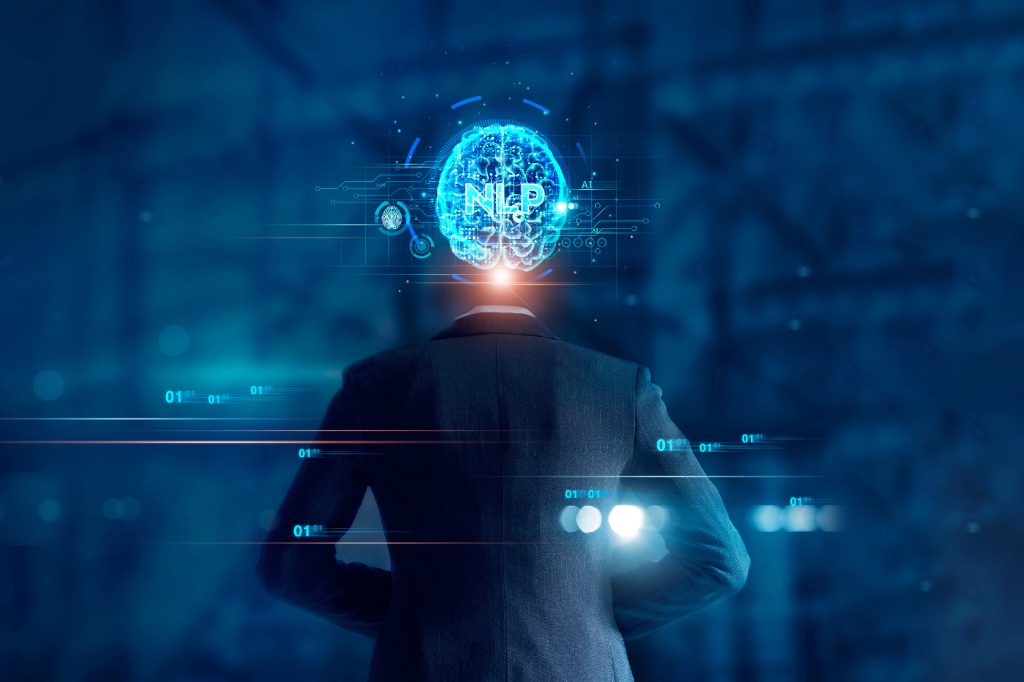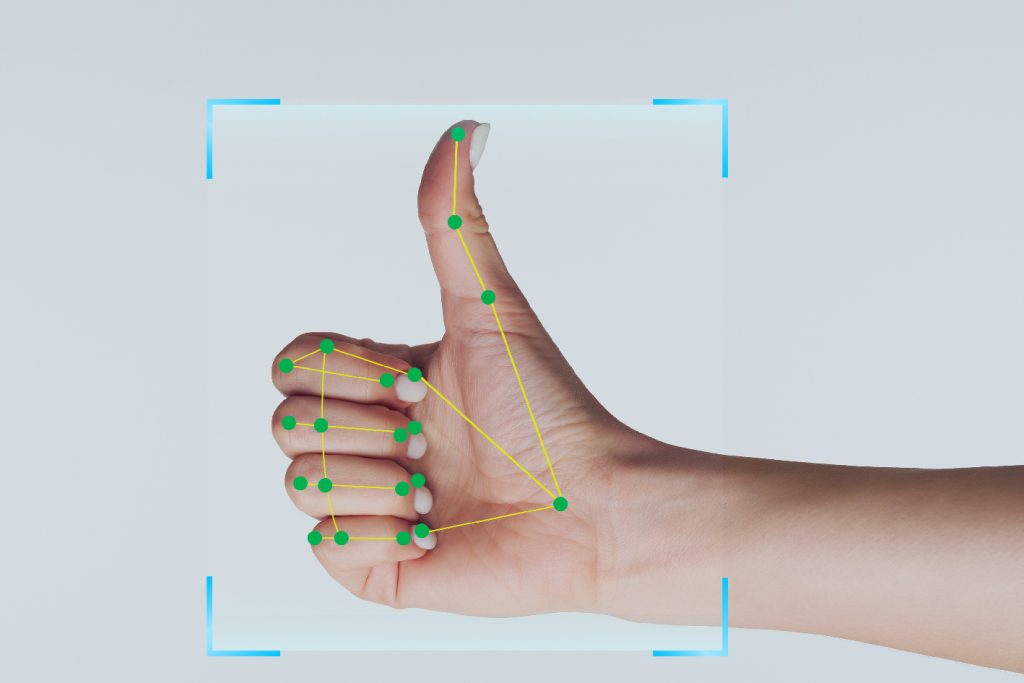
Natural Language Processing (NLP) and improved hand gesture recognition technology have attracted significant attention and growth in recent years. NLP examines the interface between computers and human language, and HGR focuses on the detection and recognition of human gestures.
See more about the intelligent approaches NLP and GRT!
What is NLP?
In industries, NLP has grown in prominence and contributed to both ideas and discoveries. With the help of NLP, machines can transform data sets into useful information.
The evolution of NLP has gone through various stages since its inception in the early 1900s. It’s a combination of computational linguistics and artificial intelligence that focuses on how human language and computers interact. It entails the creation and use of algorithms and procedural methods to give computers the ability to produce meaningful human language.
Advanced NLP technology has opened up opportunities for language comprehension and generation. Pre-trained language models, contextual word embeddings, the Transformer architecture, and multilingual NLP have expanded the capabilities of NLP. These advancements have changed businesses such as customer service, content generation, and language translation. One of the trending topics everyone discussing today is advanced hand gesture recognition using AI. Take a simple look at this interesting topic.
About Hand Gesture Recognition
There are more than 6500 registered human languages. Each language has different grammar and semantic rules. Hand gesture recognition is a concept based on three layers: detection, tracking, and recognition. The application of GRT varies in various fields. Here is a simple note for your good knowledge.
GRT-supporting industries
Healthcare
Doctors can modify digital images during medical procedures by using hand gestures rather than touch screens or computer keyboards. GRT has the ability to improve the training and skill levels of healthcare providers, as well as the quality of care and patient outcomes.
Automotive Industry
Gestures are utilized in vehicle media systems to manage music, radio channels, and incoming calls, among other things.
- Recognition of hand gestures can be used to manage car infotainment systems in a simple, hands-free manner. Drivers may control audio settings, switch radio stations, explore menus, and carry out other tasks without taking their hands off the wheel.
- Helps identify and analyze hand movements as part of driver monitoring systems. This gives drivers insights into their behavior and attentiveness. It can assist in spotting indicators of inattention, drowsiness, or impairment, resulting in alarms or measures to improve safety.
- Secure access and authentication: Instead of traditional key fobs or biometric sensors, drivers can use specific hand gestures as a means of unlocking doors and accessing personalized settings within the vehicle.
Banking Industry
Hand gesture recognition has the potential to offer several benefits in the banking industry, particularly in enhancing security, improving customer experience, and enabling contactless transactions.
- Secure and convenient biometric authentication: By analyzing unique hand gestures, such as finger movements or palm prints, banks can authenticate customers’ identities with a high level of accuracy.
- Authorise and validate transactions. Customers can perform specific hand gestures to confirm their consent for financial transactions, thereby providing an additional layer of security.
- Improve accessibility for customers with disabilities. By recognizing specific hand gestures, banks can offer a more inclusive banking experience by enabling customers with limited mobility or visual impairments to interact with banking systems effectively.
- Improve the safety of systems using several advanced technologies. Recognizing hand gestures creates a more inclusive banking experience by enabling customers with limited mobility and visual impairments.
Finance
NLP can provide quick answers and information that are relevant to critical issues and queries.
- Traders no longer use hand gestures to execute trades, monitor market data, or obtain financial information. As a result, decision-making can streamline the trading process.
- Security Precaution: It utilizes a biometric authentication technique, enabling users to log into their accounts or carry out transactions by confirming their hand motions.
- Customers can use hand gestures to communicate specific requests or to move through selections while communicating with virtual assistants or chatbots.
These are just a few examples; similarly, from the aviation to healthcare sectors, you can experience the crucial role of NLP.
Advanced Hand Gesture Recognition

Research on hand gesture recognition is ongoing, and new approaches and strategies are frequently created to increase precision and effectiveness. For improved communication between hearing-impaired people and others, hand gesture recognition can be used to read and translate sign language movements into written or spoken language. It has the potential to disrupt a number of industries, from entertainment to healthcare, and completely alter how people interact with computers.
Recently, Google developed an advanced hand gesture recognition sensor using machine learning techniques. With the help of radar, the sensor can track hand gestures as small as a millimeter and utilize them to quickly and accurately control electronic equipment without making physical contact.
Wrapping It
Finally, advances in NLP and improved GRT have revolutionized human-computer interaction and opened up new opportunities in a variety of domains. Both NLP and hand gesture recognition technologies have demonstrated enormous promise in terms of improving communication and user experience. It also enables more intuitive and seamless interactions with computers and devices.